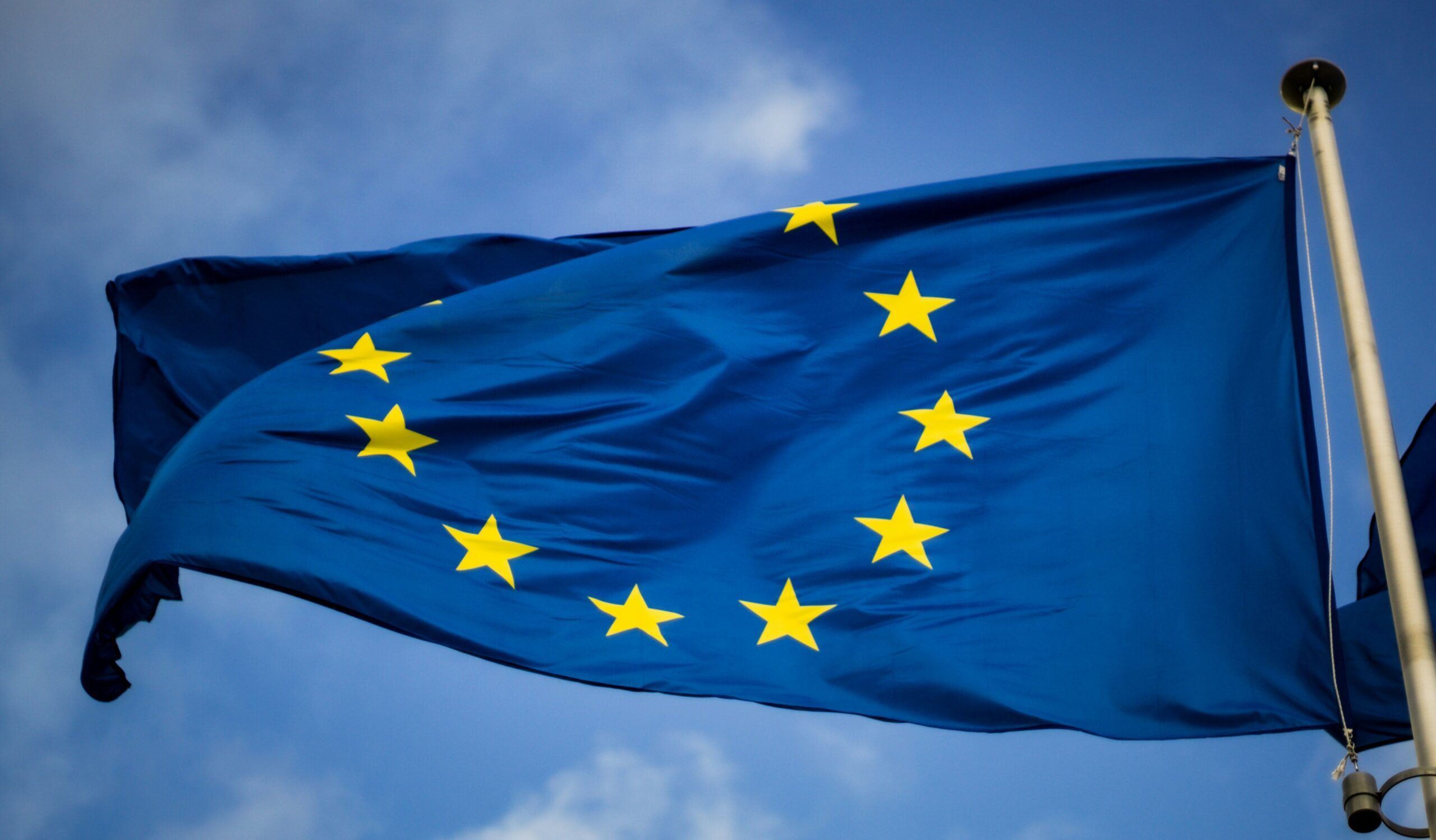Trump’s Tariffs Hobble U.S. Markets Whilst European Stocks Forge Ahead
The week ending 30th May 2025 saw equities in Europe as a clear winner globally, whilst tariffs and trade wars initiated by President Trump have hampered and shackled the markets in the United States. Recent data released showed that out of the world’s ten best performing stock markets, eight can be found in Europe. Indeed, this year in US Dollar terms Germany’s DAX Index* has rallied in excess of 30% including such peripheral markets as Hungary. Poland, Greece, and Slovenia.
*The DAX Index – The DAX or its full name Deutsche Aktien index 40, is Germany’s benchmark stock market index, and reflects the performance of 40 of the largest and most liquid German companies trading on the Frankfurt Stock Exchange. It is a key indicator of the health of the German economy.
The European STOXX 600 Index* is currently beating the U.S. S&P 500 by 18% (reflected in dollar terms) which as data shows is a record, which experts advise is being powered by a stronger Euro and Germany’s strong fiscal spending plan both current and in the past. Market analysts with knowledge of this arena suggest there is more to come due to attractive valuations and resilient corporate earnings, which when compared to America’s which is being gripped by fiscal and trade debt, make Europe a safer bet.
*European STOXX 600 Index – This index is a broad measure of the European Equity Market. Based in Zug, Switzerland, it has a fixed number of components and provides extensive and diversified coverage across 17 countries and 11 industries within Europe’s developed economies, representing circa 90% of the underlying investible market.
Equity bull experts suggest that Europe is back on the investment map, with some investment managers saying that recently there has been more European interest from investors than there has been in the last decade. Bulls went on to say that this rally may well be self-feeding and if European stocks continue to rise, they will be likely to attract fresh investment from the rest of the world. Indeed, some analysts suggest that if the trend away from America continues over the next five years the European markets could expect an inflow of circa USD 1.4 Trillion (Euros 1.4 Trillion.) Analysts suggest the gains so far this year were the result of a proposal by the German government to spend hundreds of billions of Euros on defence and infrastructure with some economists suggesting that this will boost growth across the European bloc from Q2 2026.
Elsewhere, a slew of Europe’s peripheral markets have had performances that have made investors sit up. For example, Slovenia’s SBI TOP Index is, according to data released, the second-best performing stock market up 42% (in dollar terms) just behind Ghana’s benchmark the Ghana Stock Exchange GSE-CI, (tracks all the performance of all company’s trade on the Ghana Stock Exchange). Other peripheral stock exchanges that have done well are Poland’s WIG20) Index up 40% whilst the benchmarks in both Hungary and Greece are both up circa 34%.
Experts suggest that 2025 could be a good year for European Stock Markets as some professionals are already betting that European stocks will outperform their counterparts in America. President Trump’s tariffs, the loss of the country’s AAA status, looming trade wars, and the current fiscal deficit of USD 1.9 Trillion (and predicted to climb), are all factors as to why investors are turning their backs on the US markets. Whether this will last, we will have to wait and see if all of Donald Trump’s predictions come true. Meanwhile back in Europe data released show that corporate earnings are in the spotlight having risen 5.3% in Q1 2025 against predictions of a 1.5% decline, another reason to perhaps bet on Europe.










